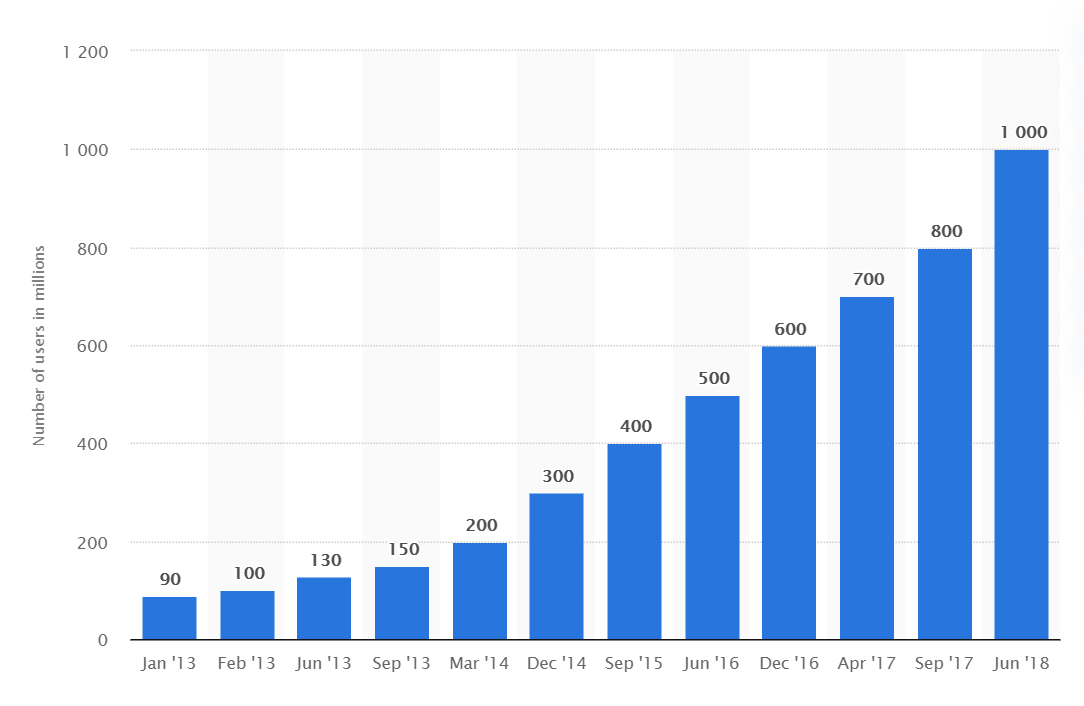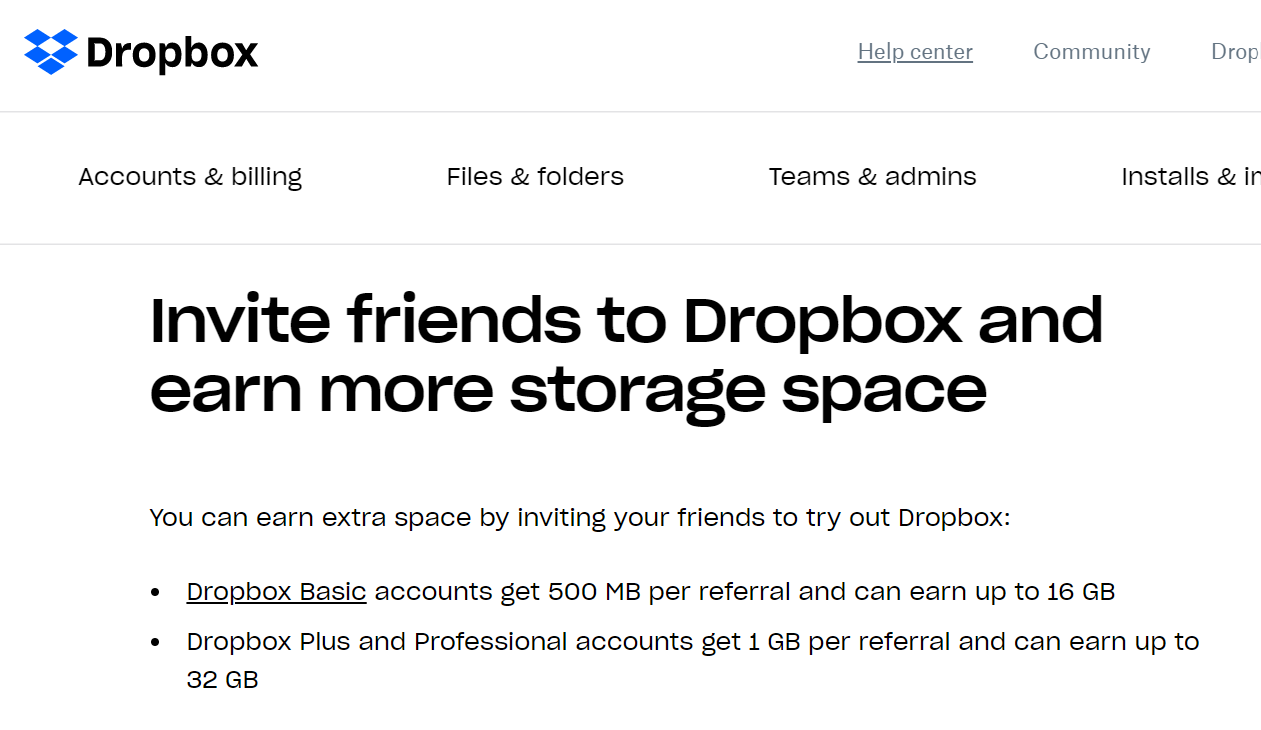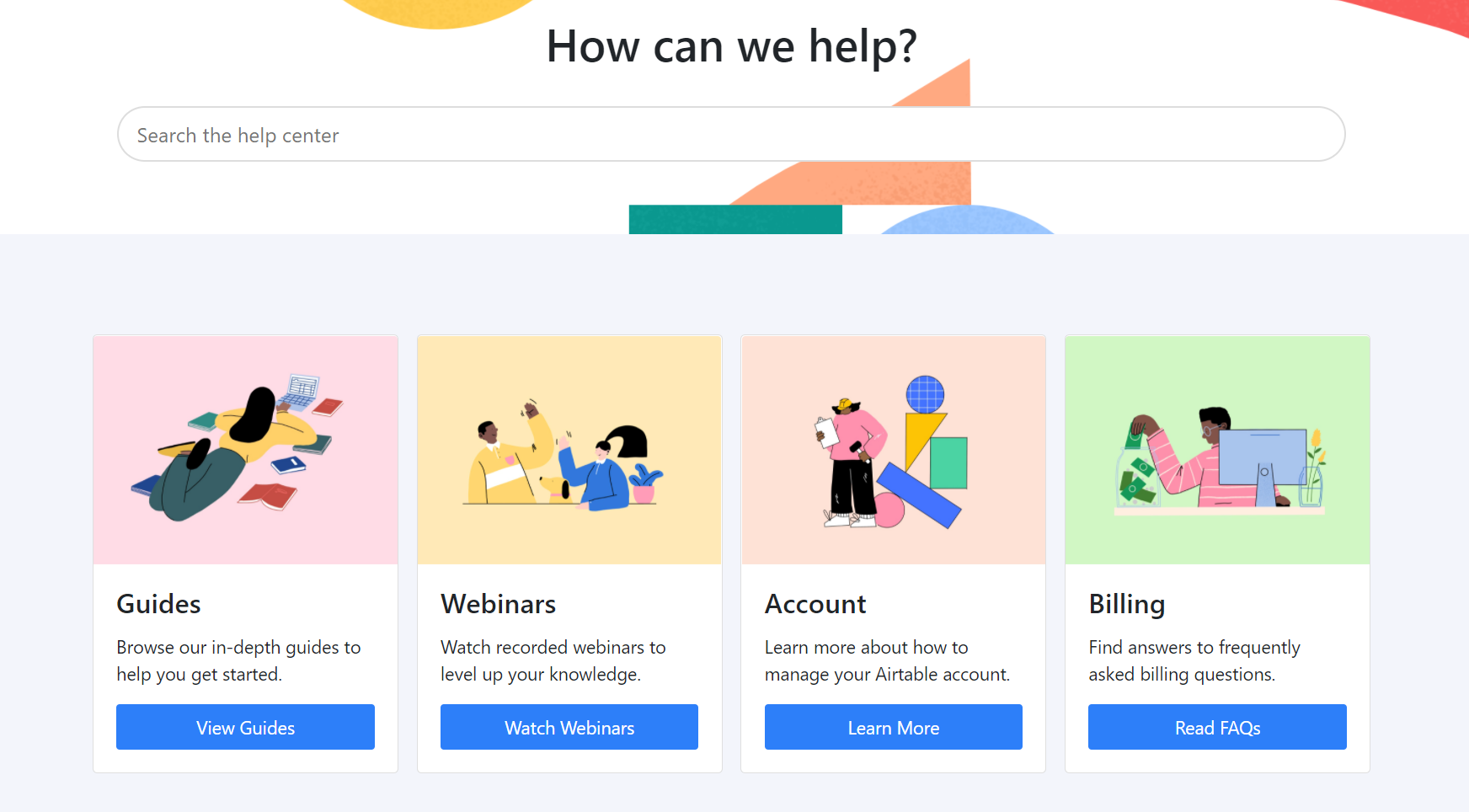“We must run as fast as we can just to stay in place. And if you wish to go anywhere, you must run twice as fast as that.” This quote might as well be a mantra for every growth marketer. The only question is what constituents and perpetuates growth in the long term? Let’s find out.
This blog post discusses growth marketing strategies, the difference between “classic” marketing and growth marketing, and how to make sense of it all.
- What is growth marketing?
- What’s the difference between growth hacking and growth marketing?
- Marketing for business growth: real-life examples
- The core principles of growth marketing
- Growth marketing strategies and tools
- Make sure your product has growth potential built-in
- A/B test everything
- Focus on your best-performing channels
- Accommodate your content to your users’ needs
- Get to know your core audience better
- Start building a growth-oriented team
- Trigger referrals
- Focus on retention to avoid a dead-end
- Choose important metrics
- Use smart tools to get your hands on valuable data
- Ready to jump in?
What is growth marketing?
Everyone seems to be obsessed with growth marketing, growth hacking, and other buzzwords related to a drastic increase in their business’ size and revenue. But does it mean that old-school marketing methods just help brands keep their head above water and are slowly becoming obsolete? Short answer: No. They’re just different.
The main difference is that growth marketing covers the full funnel, while traditional marketing is concentrated on the top of the funnel. Marketing as we know it relies on paid acquisitions and short-term quantitative metrics such as CTRs or installs. On the other hand, growth marketing encourages you to invent new opportunities and pay attention to the real metrics of growth — how active and engaged your users or customers are in the long term. That’s because only satisfied users can fuel your growth by sharing the word and spending more money on your offers.
The main goal of any growth marketer is, as you may have guessed, to achieve steady hockey stick growth:

Growth marketing means that you spark and maintain constant progress by:
- attracting and retaining customers;
- increasing referrals;
- boosting brand advocacy;
- leveraging engagement;
- making data-driven decisions;
- iterating your strategy based on feedback from your audience;
- running both inbound and outbound campaigns;
- experimenting with paid and unpaid channels;
- testing and optimizing new and existing assets;
- polishing the user experience to reduce churn;
- maximizing the lifetime value of your customers;
- upselling to your existing customers;
- finding and monitoring growth metrics;
- setting clear goals.
These are the main ingredients — no guesswork, only data, analytics, and testing. But hard work eventually pays off. According to the Forbes Marketing Accountability report, marketers that invest in measuring and managing marketing performance achieve 7.5% better growth outcomes.
Growth marketing implies product-driven, authentic growth powered by real-world data and experimentation. A similar approach wasn’t feasible even a few years ago: marketers just didn’t have the tools to get proper analytics and feedback.
What’s the difference between growth hacking and growth marketing?
One might say these are just synonyms, and it’s partly true. Both are important for startups and medium-sized businesses aiming high, but there’s no strict definition of those terms in a classic dictionary. However, there are different connotations you need to be aware of.
Growth hackers are usually more like expert consultants brought on to solve a specific problem quickly. Their schedule is flexible, and they often work with many different companies and in various industries. Usually, a growth hacker is extremely well known for their prominent personal brand and competence.
Growth marketers tend to take another approach. Typically, they become a part of an in-house team, and they’re focused on one brand. They have to strategize on how to scale many different growth metrics sustainably, without stretching their budget and wasting limited resources.
Marketing for business growth: real-life examples
To get a better understanding, let’s take a look at the typical tasks that a growth marketer might tackle, alone or with a team:
- rethinking the design of a lead-capture page;
- rewriting an existing onboarding strategy;
- running in-depth competitor analysis;
- daily optimization and management of Facebook Ads campaigns;
- iterating content from YouTube campaigns;
- checking industry news to spot emerging trends;
- brainstorming for creative opportunities;
- testing promoted ads on Twitter;
- A/B testing a new referral program.
There is no clearly defined set of skills every growth marketer should have — what works for one industry may not work for another. This is why the main quality is to be able to generate new ideas as well as to adapt existing concepts.
The core principles of growth marketing
Are you wondering how to build a growth model for any business? The whole body of theory can be translated into these four fundamentals of growth:
- Reliable data and the ability to analyze it and extract insights from it.
- Clear goals that your business needs to grow towards.
- Deep understanding of your audience’s psychology, preferences, and pain points.
- An ability to pack all your knowledge and expertise into a compelling story that retains and provides value.
Using growth marketing for your business, you’ll be able to establish a strong and lasting relationship with your target audience.
Growth marketing strategies and tools
It’s time to get our hands dirty and transition from theory to practice. Below, you’ll find some go-to growth marketing strategies, tools, and ideas to achieve exponential growth without falling into the trap of looking for one silver bullet.
Make sure your product has growth potential built-in
It’s not a marketer’s job but rather something to discuss with the team of developers and engineers. Authentic growth needs to be ignited and driven by the product itself.
Here are some key questions:
- Do you offer a one-off product or service? In that case, you need to think about the ways to turn it into something people will use on the regular basis.
- Can you always deliver high quality without compromising on customer service? If not, invest in your team first to make sure all of the bugs are being fixed and all users’ queries are solved on time.
- Is your target audience limited? Even with a very niche product, you always need to have the option to expand your audience and target new groups. Otherwise, you’ll face the risk of running out of potential customers.
- What would incentivize your users to spend more on your offers? Create a fertile ground for growth. Think of Instagram — once a simple photo-gallery platform, now a whole universe bursting with unique, engaging features.
Check all these boxes to make sure you can confidently go further.
A/B test everything
You absolutely need to be testing these pieces of content before you let them see the light of day:
- emails;
- creatives for YouTube, Facebook, and other channels;
- lead-capture pages;
- lead-capture popups;
- blog posts.
Don’t just copy a typical content format that is the most popular in your industry. Try to come up with your unique growth formula and update it as you go. Start by testing major things like the structure of your key pages, the tone of voice, or video vs. infographics. Then, narrow it down to experimenting with UI copy, colors and shapes of the CTA buttons, etc.
Focus on your best-performing channels
It might come across as contradictory because we’ve just said that you need to experiment more. But it also means trying one thing at a time and saying no to money-sucking and overrated channels with a light heart.
The bitter truth is that by trying to be everywhere, you will end up nowhere. Most large companies rely on one-two channels anyways. And your main challenge is to define that channel for your business, be it virality, social media, search, or referrals. Squeeze the most out of well-performing channels and become recognizable on the platform that works best for your key audience.
Let’s take Instagram as an example. Instagram’s team has chosen tried-and-true channels — word of mouth and virality. They’re constantly introducing new captivating features that keep people glued to their mobile devices. They also create experiential branded events and use influencers, but it’s a drop in the ocean compared to their main channels.
The result is explosive user growth:

Accommodate your content to your users’ needs
Try creating a content matrix that will help you systemize and personalize your content. This system removes the guesswork from the equation. Instead, you always deliver the most relevant content at the right time.
Even the simplest content matrix will give you ideas on how to diversify your content while building awareness, calling to action, or boosting brand advocacy.

By mapping your content and tailoring it to each target group, you’ll be able to educate newcomers, convince hesitating users, and softly push ready-to-buy users towards the purchasing decision instead of firing blindly.
Get to know your core audience better
…and be prepared to sacrifice your favorite tactics if they don’t work for them. Take lead-capture popups: while social media experts will be happy to give you their email addresses and subscribe to your newsletter, software developers will consider this tactic annoying and invasive. The same tool, different audiences, hence polar reactions.
You can learn a lot about your users’ expectations, preferences, and needs by simply asking them about it and explaining how their feedback will help you deliver a better product or service:
- conduct small interviews;
- send survey emails;
- offer one-on-one conversations;
- ask open-ended questions;
- encourage reviews;
- use support emails to ask for an opinion.
These formats prove to be especially insightful when the product is just taking its shape, but it’s no less important to ask for feedback when you already have a customer base.
Start building a growth-oriented team
Being autonomous and independent is an important quality for growth marketers. They achieve better results when working with little direction and having creative freedom. But it doesn’t mean there should be no team — the goal requires different kinds of talents:
- A designer helps you with creativity and visual communication.
- A data analyst collects, analyzes, and interprets the information you gather.
- A copywriter gives your product a unique voice.
- A strategist leads the team, maps out the funnel, and is responsible for experiments.
Of course, you’ll also need to work closely with developers and engineers as well as other experts in your company because growth requires smooth collaboration and fast implementation.
Trigger referrals
We trust our friends, family, and colleagues more than we trust paid ads — this is just how the human brain works. Why not use this to your advantage by starting a referral program? If your product is good and only gets better over time, those referrals will become an inexhaustible source of new customers, and the growth will follow.
It’s a solid strategy for promoting not only physical but also digital products and services:

Focus on retention to avoid a dead-end
Sticky customers are the ones who spend more and trust your brand. They’re the basis and the support that your business needs for constant growth. So, how can you make your users stay?
- Make sure you remove all of the roadblocks from the user’s journey.
- Work on creating a state-of-art user experience.
- Add flexible billing plans to fit different needs.
- Use demos to let users with a basic plan experience all your cool features.
- Provide smooth customer service and support.
- Don’t leave negative feedback hanging — always mitigate and prevent customer frustration.
Airtable is fantastic proof that even the most advanced products don’t need to look intimidating. If Airtable users run into problems, they can easily find the answers in the Help Center full of webinars, guides, and other information presented in a digestible way. This prevents many users from abandoning the product because of its complexity.

Choose important metrics
We’ve mentioned clear goals, but you also need clear metrics to measure how you achieve them. You need to understand your business’s growth levers, and your success metric should reflect real growth.
These are superficial quantitative metrics that does demonstrate how viral a product is but tell you nothing about how engaged its users are:
- installs;
- the number of total users;
- the size of a mailing list.
And here are more honest metrics showing how interesting and valuable your product really is:
- daily/weekly active users;
- repeat customers;
- referrals.
Go for authentic, meaningful metrics instead of bloating your numbers, and you will get a clear picture of how close you are to your goals in terms of growth marketing.
Use smart tools to get your hands on valuable data
With these and similar tools, you can discover much more than just the number of views and reads your posts get. Try using:
- CrazyEgg for user session recordings;
- Hotjar for creating heat maps;
- Agorapulse for analyzing and managing performance on social media;
- Google Analytics for on-site metrics and analytics;
- Mixpanel and Amplitude for measuring customer retention and engagement;
- Kapost and AllFactors for deep content analysis and planning.
Ready to jump in?
These are important growth strategies in marketing, but there are many more you can develop in accordance with your resources and priorities. To master growth marketing, you need both a creative soul and a calculating mind.
The good news is that you don’t need to calculate that much when you use tools like SendPulse to automate your campaigns. SendPulse is built for sending personalized commercial emails, SMS and creating chatbots for Facebook and Telegram. One intuitive platform, tons of opportunities, and a free account to get you started!







